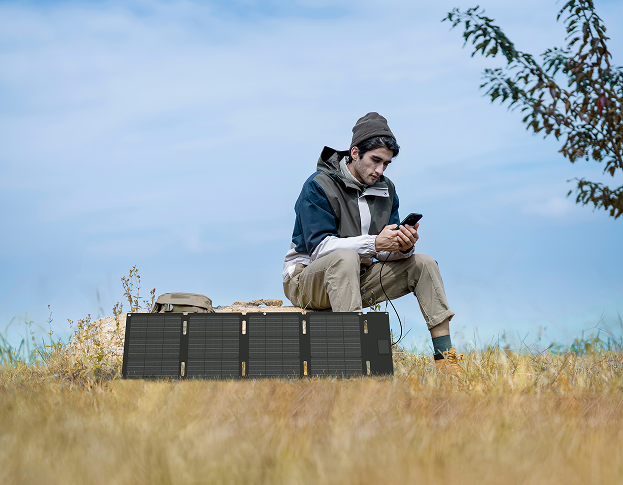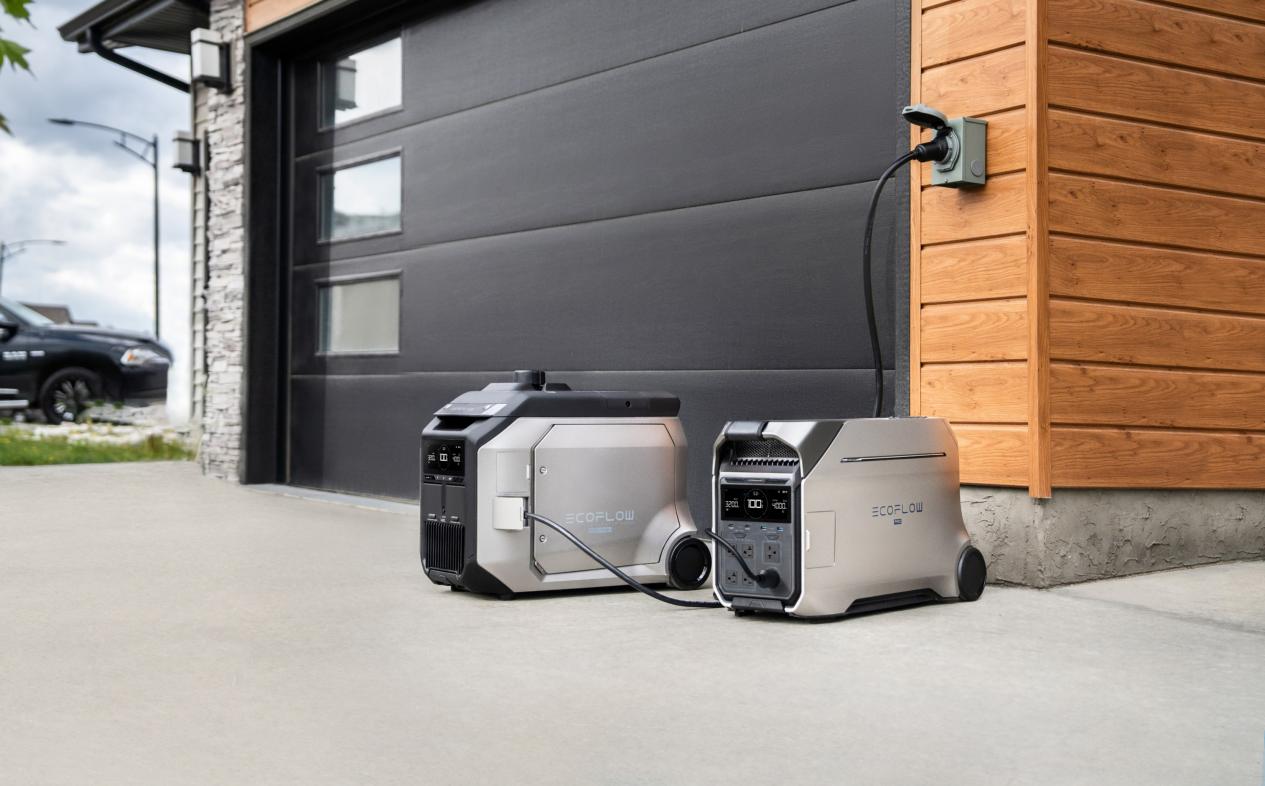Microinverters vs. String Inverters: 80% Don’t Know How to Choose Solar Inverter for Home
Many people install solar panels without knowing how the inverter works. Some even skip learning about it. But the inverter is very important. It turns solar power into usable power for your lights, fridge, and all other devices. Picking the right one can change your whole solar experience.
There are two main types of solar inverters for homes: microinverters and string inverters. They both do the same job but work in very different ways. This article explains them clearly and shows how to choose the best one for your home.
What Are Microinverters And What They Do?
Microinverters are small units that sit under each solar panel. One panel gets one microinverter. If you have 12 panels, you need 12 microinverters. Each one turns solar energy (DC) into home-friendly power (AC) right at the panel. This means the energy is ready to use as soon as it leaves each panel.
This setup is useful because every panel works on its own. If one panel gets shade, is dusty, or has a problem, the others still perform well. Microinverters help people who have roofs with different angles, trees nearby, or chimneys that cast shadows.
They also help if panels face different directions—like some on the east side of your roof and others on the west.
Another benefit is smart tracking. With microinverters, you can see how much energy each panel produces. You can spot problems early, and know exactly which panel needs attention.
What Are String Inverters And What They Do?
String inverters are much larger. Usually, just one inverter is used for the whole system. All the solar panels are connected together in a row—or “string”—and that string connects to the inverter. This is why it’s called a string inverter.
The panels send their energy (DC) to the inverter, which is often placed near your power box or inside your garage. The inverter then turns all the DC power into AC power at once.
String inverters are very common. They are used in many homes, especially when the roof is flat and all panels face the same way. If all your panels get the same amount of sunlight, a string inverter works well.
People like string inverters because they are easy to install, simple to manage, and cost less upfront.
How Microinverters Compare to String Inverters
Now that you know what both types are, it’s time to compare them. Below are the main areas where they differ. These points help you decide which one is better for your solar inverter for home.
Installation
Microinverters need to be attached under each solar panel. That means many small boxes go on the roof. More wiring is also required. This can take more time and cost more in labor.
String inverters need only one box, placed near your main electrical panel. All the panels are wired to it. It’s faster and easier to install.
Summary: Microinverters are more complex to install. String inverters are simpler.
Performance
Microinverters let each panel work by itself. If one panel is blocked by a tree or cloud, it does not slow down the others.
With string inverters, if one panel has a problem, the whole string drops in performance. All panels act like the weakest one in the group.
Summary: Microinverters work better in mixed sunlight or when some panels face different directions.
System Expansion
If you want to add more solar panels later, microinverters make it easy. Just add a panel and one microinverter.
String inverters are harder to expand. You may need a bigger inverter or an extra one. Often, you must add panels in a group, not one by one.
Summary: Microinverters are better for growing systems over time.


Monitoring
Microinverters give you panel-level data. You can see how each panel performs. This helps you find problems early.
String inverters show total system performance. If something goes wrong, you won’t know which panel caused it.
Summary: Microinverters offer more detailed monitoring.
Maintenance
Microinverters are on the roof. If one stops working, you need to climb up and remove the panel to fix it. This is harder and may take longer.
String inverters are placed on the ground or wall. You can access and repair them more easily.
Summary: String inverters are easier to fix.
Lifespan
Microinverters often last 20 to 25 years, close to the lifespan of solar panels. That means less need for replacement.
String inverters usually last 10 to 15 years. Most people need to replace them once during the life of their solar system.
Summary: Microinverters last longer and match your panels’ life.
Cost
Microinverters cost more. You need one for each panel. Labor costs more too.
String inverters are cheaper because you buy only one. The wiring and labor are also less expensive.
Summary: String inverters are more budget-friendly at the start.
Safety
Microinverters deal with low-voltage DC. That means less risk of electric fire or shock. If the power goes out, they stop quickly.
String inverters send high-voltage DC from roof to inverter. That adds some risk and needs more safety tools and switches.
Summary: Microinverters are safer for home use.
How to Choose Between Microinverters vs. String Inverters
To choose the right solar inverter for home, answer these simple questions:
- Does your roof get full sun all day?
- Are there trees, chimneys, or vents casting shadows?
- Do your panels need to face different directions?
- Will you add more panels in the future?
- Do you want to track energy from each panel?
- Is safety a top concern for you?
- Can you afford to pay more upfront for better long-term value?
When to Choose Microinverters
- Your roof has shade
- You want panel-level tracking
- You will expand the system later
- You care about long-term performance and safety
- Your budget allows for a higher upfront cost
When to Choose String Inverters
- Your roof gets steady, full sun
- All panels face the same way
- You want a lower starting price
- You prefer easy access for repairs
- You don’t need to monitor each panel
There is no one-size-fits-all choice. Look at your home, your needs, and your plans.


Making the Right Choice: Solar Inverter for Home
You don't need to guess when choosing a solar inverter for home. Now you know how microinverters and string inverters work. You also understand their pros, cons, and when to use each. Use this knowledge before buying your system. A good inverter gives you better energy, better savings, and fewer problems in the future.
7 FAQs about Microinverters and String Inverters
Q1: Can I use microinverters and string inverters together in one system?
A: Yes, but only in special setups. Most home systems use one type. Using both requires careful design and more planning. It’s common in large or split systems, like when part of your roof is ideal for string inverters and another part has shade, where microinverters fit better.
Q2: What happens to my inverter during a power outage?
A: Most inverters stop working during an outage. This is a safety step to protect utility workers. If you want your solar panels to work during blackouts, you need an inverter with battery backup or a hybrid inverter setup.
Q3: Do solar inverters make noise?
A: Microinverters are silent because they sit under the panels. String inverters can make a low humming sound when working hard, especially on hot days. The sound is not loud but may be noticed if the inverter is installed close to a living space.
Q4: What makes an inverter generator better than a traditional generator for home use?
A: Inverter generators give stable, clean power that’s safe for sensitive devices like laptops or CPAP machines. They also run quieter and use less fuel. The EcoFlow Smart Generator 4000 (Dual Fuel) improves efficiency by 40% compared to traditional generators and produces fewer emissions. That means longer use and lower fuel cost when charging large batteries like the DELTA Pro 3.
Q5: How often should I check my solar inverter?
A: Check performance once a month through your monitoring app or display. Look for power drops or error signs. A quick visual check of cables, lights, and screens every few months also helps prevent bigger issues later.
Q6: How long can an inverter generator run during a power outage?
A: Runtime depends on the fuel type and load level. For example, the EcoFlow Smart Generator 4000 can provide 8kWh of power from one gasoline tank—enough for around 8 hours at 25% load. With a 20lb propane tank, it delivers 24kWh, powering a home for an entire day during an outage. That’s ideal for emergencies when your main power is out. Understanding the pros and cons of inverter generators is crucial when selecting a backup power solution for your specific needs.
Q7: Can extreme heat or cold damage my inverter?
A: Yes, very high or low temperatures can affect efficiency. Microinverters are made to handle roof heat, but long exposure may shorten life. String inverters should be placed in cool, shaded spots like garages or utility rooms for better performance.